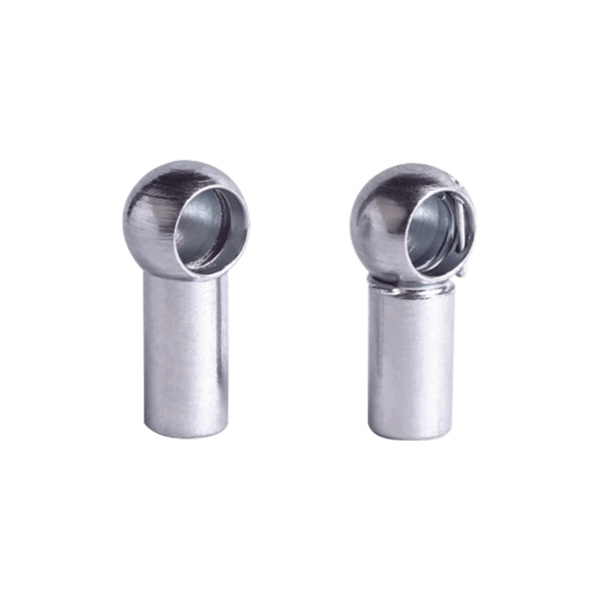Ball Joints: Essential Components for Smooth Vehicle Steering and Suspension
2025-03-20
When it comes to vehicle performance, ball joints play a crucial role in ensuring smooth steering, suspension movement, and overall driving stability. These small yet essential components connect the control arms to the steering knuckles, allowing the wheels to move up and down while maintaining proper alignment. In this blog, we’ll explore the importance, types, signs of failure, and maintenance of ball joints.
What Are Ball Joints?
A ball joint is a spherical bearing enclosed in a metal housing that acts as a pivot point between the suspension and steering system. It enables the front wheels to move in multiple directions, providing flexibility for steering and absorbing shocks from the road.
Why Are Ball Joints Important?
Enable Smooth Steering: Ball joints allow the wheels to turn left or right while keeping them firmly connected to the suspension.
Absorb Road Bumps: They help absorb shocks from rough or uneven terrain, ensuring a comfortable ride.
Maintain Wheel Alignment: Properly functioning ball joints help prevent tire wear and maintain stability.
Enhance Safety: Worn-out ball joints can cause steering looseness, tire misalignment, and even suspension failure, increasing the risk of accidents.
Types of Ball Joints
1. Load-Carrying Ball Joints
- Support the weight of the vehicle and handle vertical forces.
- Found in double-wishbone suspension systems.
- Require regular lubrication to prevent wear.
2. Non-Load-Carrying (Follower) Ball Joints
- Assist in steering movements but do not bear the vehicle’s weight.
- Common in MacPherson strut suspensions.
- Typically last longer than load-bearing joints.
3. Adjustable vs. Non-Adjustable Ball Joints
- Adjustable: Allow for alignment adjustments, commonly used in off-road or modified vehicles.
- Non-Adjustable: Standard in most cars; require replacement when worn out.
Signs of Worn-Out Ball Joints
Clunking or Knocking Noises: If you hear a metallic clunking sound when driving over bumps, it could indicate loose or damaged ball joints.
Uneven Tire Wear: Excessive wear on the inside or outside edges of the tires may signal ball joint failure.
Steering Instability or Wandering: If your steering feels loose or the car drifts, the ball joints might be worn out.
Excessive Vibration: A failing ball joint can cause vibrations in the steering wheel, especially at high speeds.
Visible Damage or Grease Leaks: Inspect the ball joint boot for tears, cracks, or grease leaks—these indicate wear and potential failure.
How to Maintain and Replace Ball Joints
1. Regular Inspection
- Check ball joints every 10,000 to 20,000 miles or during routine vehicle maintenance.
- Look for cracked rubber boots, grease leaks, and excessive movement in the joint.
2. Lubrication
- Some ball joints are sealed and maintenance-free, while others require regular greasing to prevent wear.
- Use high-quality grease to extend the lifespan of serviceable ball joints.
3. Replacement
- If ball joints show excessive wear, replace them immediately to avoid steering or suspension failure.
- Always use OEM or high-quality aftermarket parts for safety and durability.
- Professional installation is recommended, but DIY replacement is possible with the right tools (ball joint press, wrenches, and jack stands).
Final Thoughts
Ball joints are small yet vital components that keep your vehicle’s steering and suspension systems functioning smoothly. Regular maintenance and timely replacement enhance safety, prevent costly repairs, and ensure a comfortable ride.
Need Reliable Ball Joints for Your Vehicle?
Explore high-quality ball joints for different car models and ensure a safer driving experience today!



